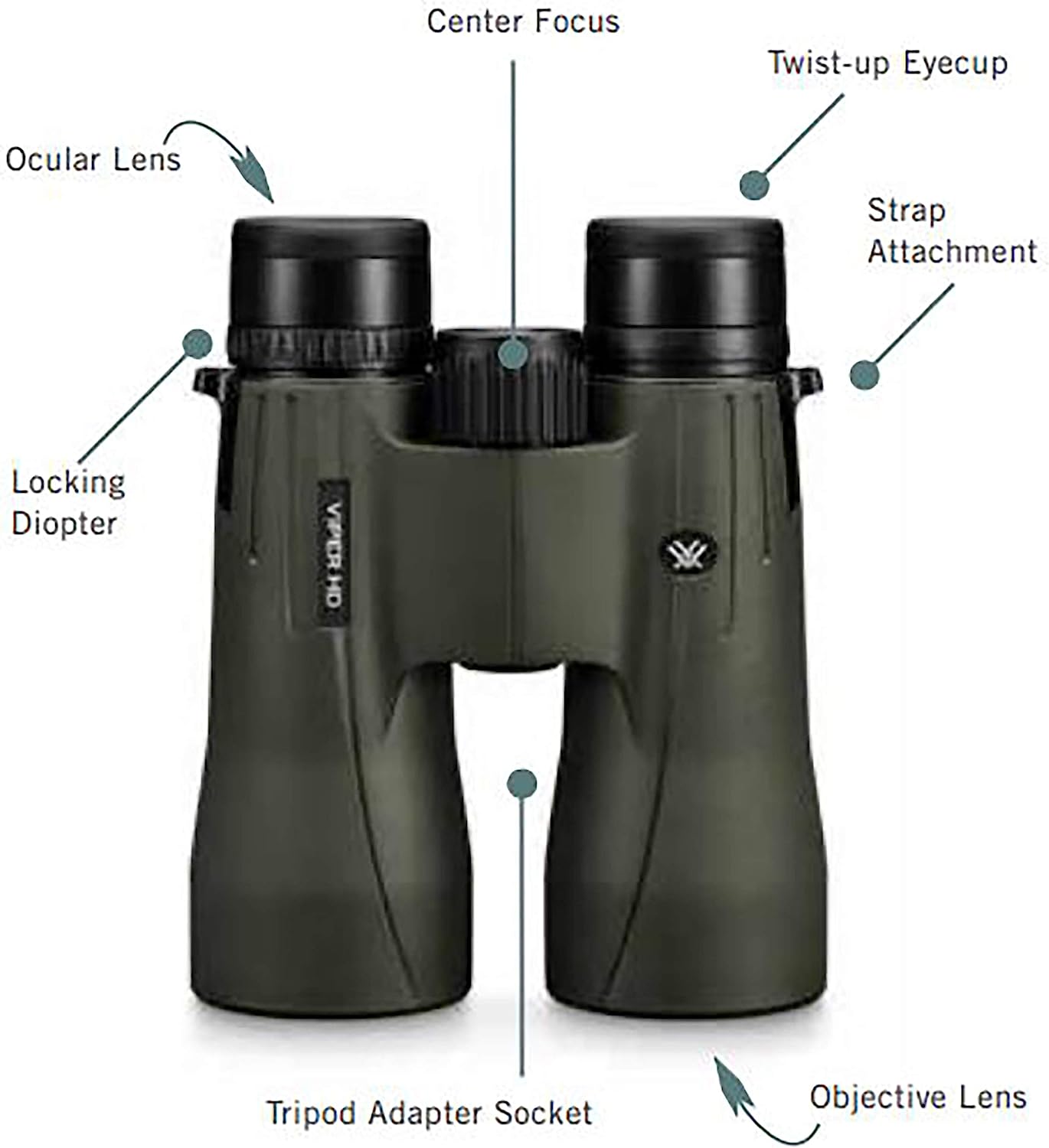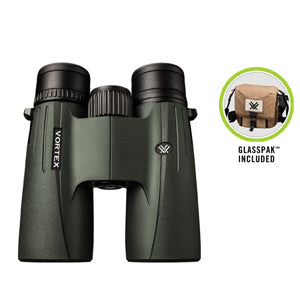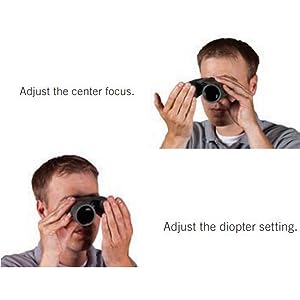



































Vortex Optics Viper HD 10x42 Roof Prism Binoculars V201
8 sold in last 12 hours
Regular price
$499.00
Estimate delivery times: 3-6 days (United States), 12-26 days (international).
Return within 45 days of purchase. Duties & taxes are non-refundable.
- Sku: V201
- Available: instock
- Vendor: Vortex Optics
- Type: Binoculars






